06 Jul
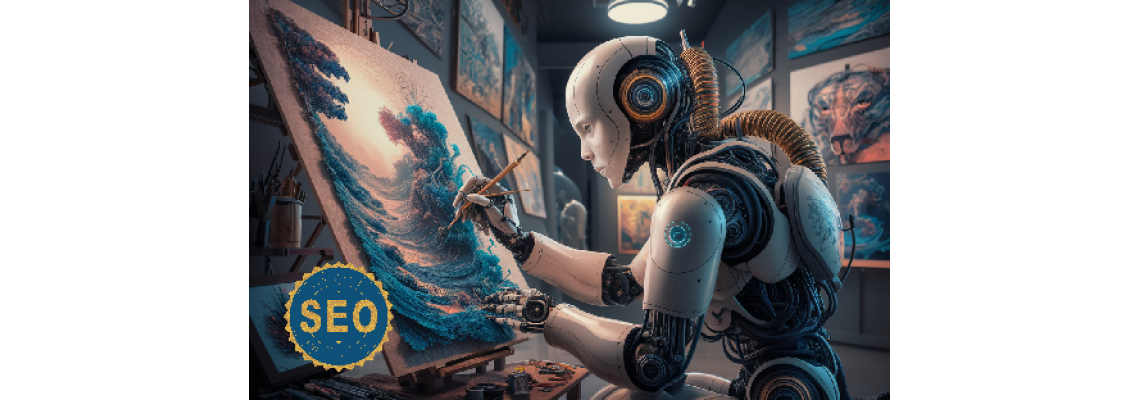

The use of AI in creating artwork has significant implications, particularly concerning copyright protection. Here are the key points to consider:
1. Creation and Originality
- AI-Generated Art: AI algorithms can generate artwork based on vast datasets, often replicating styles, patterns, or even creating entirely new forms of art.
- Originality: Traditional copyright law protects original works of authorship. The originality of AI-generated art is contentious since AI operates based on pre-existing data.
2. Authorship
- Human vs. Machine: Traditional copyright law attributes authorship to human creators. With AI-generated art, it’s unclear whether the AI, the programmer, or the user directing the AI should be considered the author.
- Legal Precedents: There are few legal precedents for AI-created works. Current laws do not explicitly address AI as an author, leading to uncertainty.
3. Ownership
- Copyright Holder: If AI cannot be an author, the copyright might default to the human who created or trained the AI, the user who provided the prompts, or the entity owning the AI.
- Work for Hire: If AI-generated art is commissioned, it might be considered a "work for hire," where the entity commissioning the work holds the copyright.
4. Copyright Infringement
- Data Sources: AI algorithms often train on large datasets, which may include copyrighted material. If an AI-generated artwork closely resembles copyrighted works in its dataset, it may lead to claims of infringement.
- Fair Use: Some argue that AI-generated works fall under fair use, particularly if they transform the original work sufficiently. However, this is subject to legal interpretation.
5. Moral Rights
- Attribution: Moral rights include the right to attribution and the right to prevent derogatory treatment of a work. With AI-generated art, determining who should receive attribution is challenging.
- Integrity: Ensuring the integrity of AI-generated works is complex, as AI can continuously generate variations of a single concept.
6. Economic Implications
- Market Impact: AI-generated art can flood the market, potentially devaluing human-created art by oversaturating the market with easily produced works.
- Monetization: Artists using AI tools need clear guidelines on how they can monetize their AI-generated works while ensuring they do not infringe on existing copyrights.
7. Legal Developments
- New Legislation: Legal frameworks may need to adapt to address the unique challenges posed by AI in art creation. This could include new definitions of authorship and copyright protection for AI-generated works.
- International Variations: Different countries may adopt varying approaches to AI-generated art and copyright, leading to a complex international legal landscape.
8. Ethical Considerations
- Creative Credit: There is an ethical debate about giving credit to human artists whose works may have been used to train AI.
- AI Responsibility: The responsibility of ensuring AI-generated works do not infringe on copyrights lies with developers and users. Ethical use of AI involves transparency and respect for original creators.
In summary, using AI to create artwork presents significant challenges and opportunities for copyright protection. It necessitates careful consideration of authorship, ownership, infringement, and the economic and ethical implications. Legal frameworks will likely evolve to address these issues, ensuring that both human creativity and technological advancements are fairly protected and encouraged.
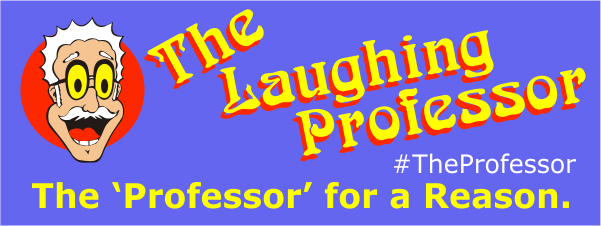
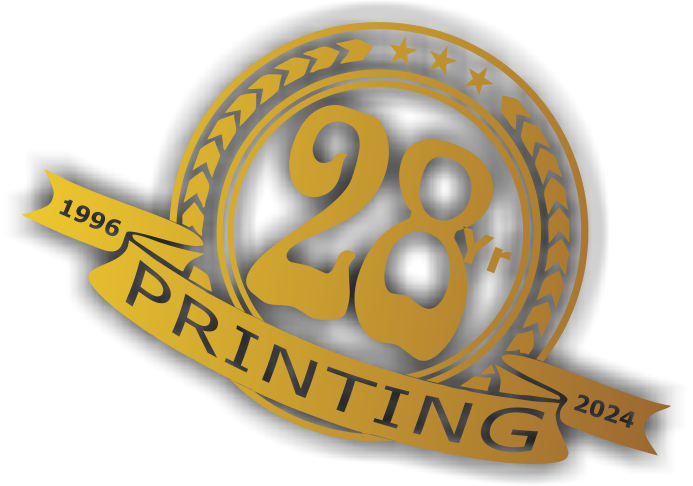 29 years of #TheProfessor
29 years of #TheProfessor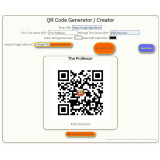
 12% rewards for affiliate members
12% rewards for affiliate members
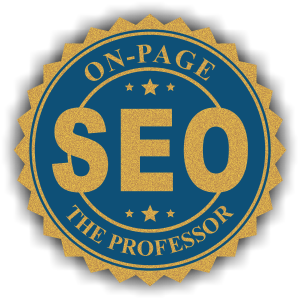 On-Page SEO Gold Seal
On-Page SEO Gold Seal
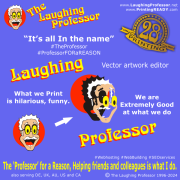
Leave a Comment